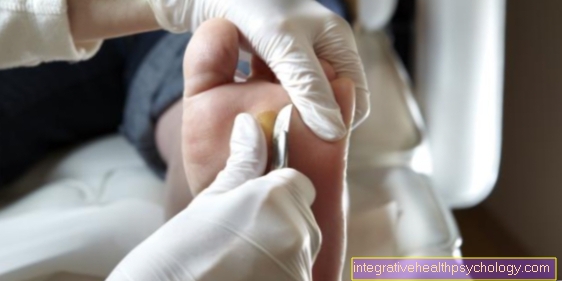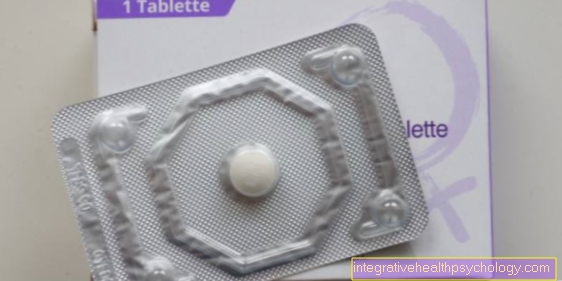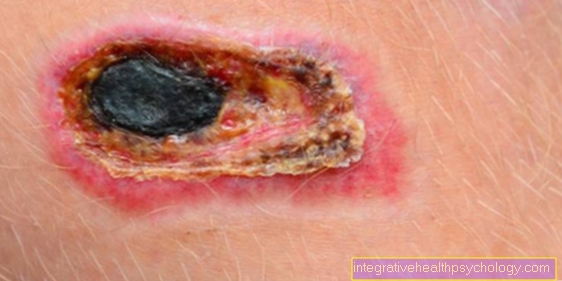Coagulase test
Definition - What is the Coagulase Test?
A coagulase test is performed to detect bacteria. Bacteria from the group of staphylococci can be differentiated based on the so-called clumping factor. There are coagulase-positive staphylococci (Staphylococcus aureus) and coagulase-negative staphylococci (Staphylococcus epidermidis). The test is usually done in a laboratory. The detection can be used to adapt the therapy specifically to the bacterium.
Read more on the subject at: Staphylococci
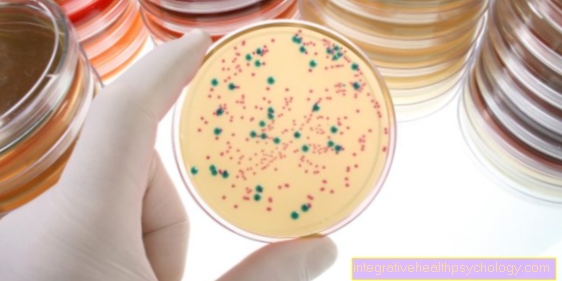
Indications for a coagulase test
A coagulase test is carried out if a staph infection is suspected. This is a spherical bacterium. Some can also be found on the skin of healthy people, but cause an infection in a wound. That is, they are facultatively pathogenic. All staphylococci cause different diseases.
A distinction is made between coagulase-positive staphylococci such as S. aureus, which as MRSA (methicillin-resistant Staphylococcus aureus) can lead to dangerous infections because it develops resistance to many antibiotics. He is particularly feared in the hospital. When infected, abscesses and systemic infections can develop.
Coagulase-negative staphylococci are, for example, the S. epidermidis, which colonizes healthy skin, and the S. haemolyticus. These can cause local irritation and inflammation.
The coagulase test is required to distinguish which bacterium the wound is infected with. Indications can be: staphylococcal sepsis, dermatitis, abscesses, toxic shock syndrome, MRSA. The test is also increasingly used in the laboratory or in biology.
You might also be interested in: Staph infections
Prepare for a coagulase test
In order to be able to carry out a coagulase test, a sample of the infected area must first be taken. This can be done, for example, with a skin or nose swab. There are special swab tubes for this. This is then sent to the laboratory, where the smear is spread on what is known as an agar plate. On this plate there are nutrients with which the bacteria are grown and form a colony. Material can now be removed from the bacterial colonies and used for the test.
procedure
The material obtained from the cultivated bacterial colony is then transferred to a slide. There it is mixed with a fibrinogen-containing plasma. Fibrinogen is an enzyme in the coagulation cascade. Coagulase-positive staphylococci have a so-called clumping factor A. This releases coagulase, which activates the enzyme thrombin via various mechanisms, which in turn splits fibrinogen into fibrin. The result is the formation of small lumps. The coagulase reaction is therefore positive and it is a coagulase-positive staphylococcus, i.e. S. aureus.
The tube test is a somewhat outdated variant. The bacterial colony is not mixed with the plasma on a slide, but in a test tube. The result and the evaluation are the same. However, this test takes much longer than the slide test.
evaluation
The evaluation depends on the formation of lumps, the so-called agglutination. If clumps form on the slide or test tube after mixing of plasma and bacteria, the test is positive and the bacterium is coagulase-positive Staphylococcus.
If there is no lump formation, but instead a milky cloudiness without agglutinates, the test is negative and the staphylococci are coagulase-negative. Often part of the colony material is mixed with a saline solution as a control.
Duration
The coagulase test is very time-consuming and takes about 24 hours. There are different methods to increase the specificity and the sensitivity of the test. For example, another pathogenicity factor can be detected at the same time, protein A. This is carried out by some providers as a combination test. The better the result, the longer the duration.
costs
The cost of a coagulase test is not very high. A quick test costs around € 20. In addition, there may be fees for visiting a doctor, taking samples, sending it to the laboratory and working hours. Overall it should cost around 50 €. However, this depends on whether you have private or statutory health insurance. In most cases, the costs are covered by the health insurance.
What are the alternatives?
So far there is no alternative test to prove the clumping factor. Often, however, the clinical picture and symptoms are sufficient for a reliable diagnosis. There are various rapid tests that are used to detect MRSA when you are admitted to the hospital. There is also a test to differentiate between staphylococci and streptococci.





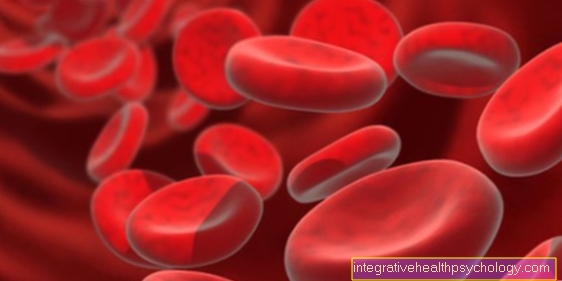
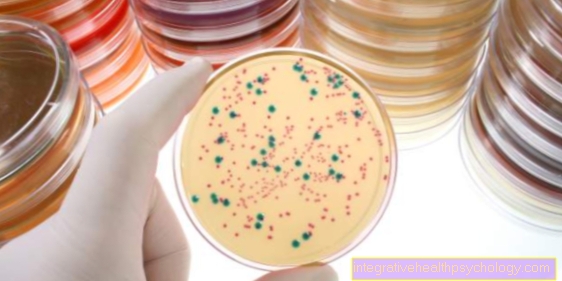






.jpg)








